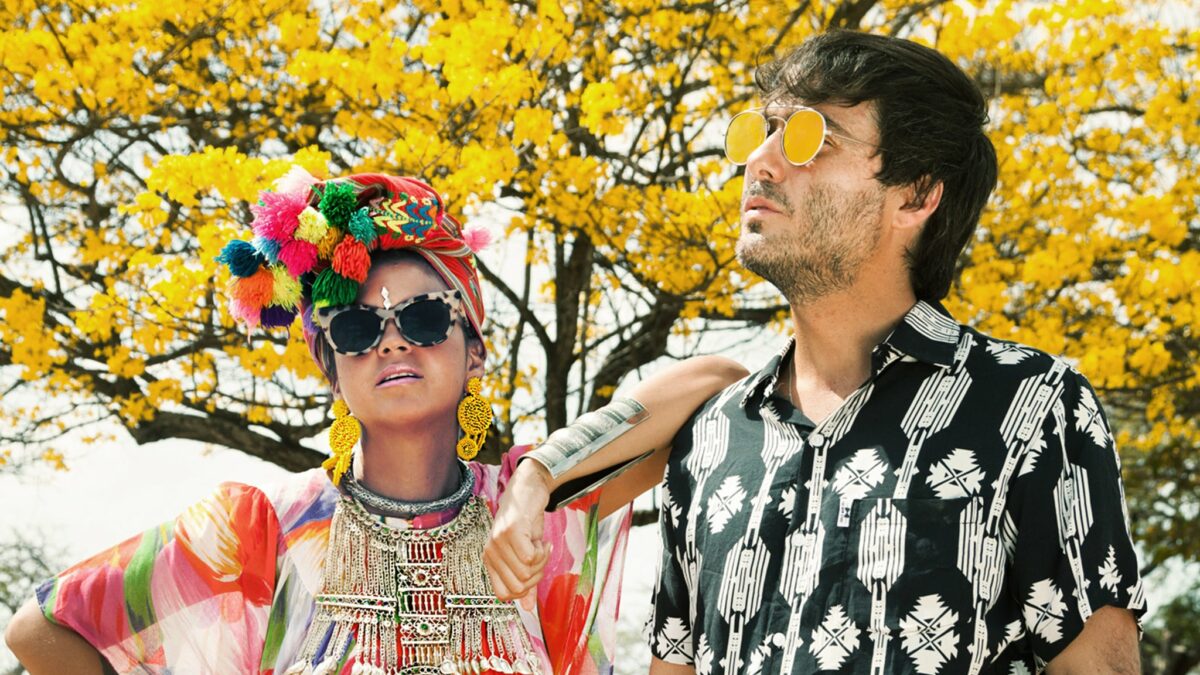More Bison Coming to the Paddock this Spring in Golden Gate Park

The bison in Golden Gate Park have been a park attraction for over 100 years. Consequently, word that five one year old females would be joining the five older bison who’ve enjoyed the paddock space to themselves, was welcomed news. Fear not, it’s not part of a breading program. You won’t have to avert any eyes. No, the older bison are female too. Now, 10 female bison in all will be sharing the paddock.
At times, spotting the 2,000 lb. animals in the enclosure is more like trying to find Waldo. So, the added adolescent, “teen-ergy” should make the paddock a more lively place and spotting the majestic animals should be a little more hit than miss.
The 1-year-old females will be ready for visitors during parkwide 150th Birthday Celebration April 4
“We are delighted to welcome these beautiful youngsters to their new home and to introduce them to the public on the park’s 150th anniversary April 4,” said Phil Ginsburg, general manager of the San Francisco Recreation and Park Department. “Bison have been part of Golden Gate Park for more than a century and these five new residents connect us to our storied past and represent our exciting future…”
An emblem of the American west, bison had been driven nearly to extinction by the time Golden Gate Park’s herd was established. These huge, shaggy Great Plains denizens have been a beloved institution in the park since 1892. The herd’s first home was in the park’s eastern end, near where the Music Concourse now stands, but in 1899 they were moved to the Bison Paddock, the meadow where they live today, just west of Spreckels Lake along John F. Kennedy Drive.
“The San Francisco Zoo and Gardens is proud to continue our long-standing role in providing daily animal and veterinary care to the bison that includes feeding them and monitoring their health” said Jim Nappi, Co-Director of Animal Care at San Francisco Zoo & Gardens. “We are thrilled to expand the Golden Gate Park herd with these new yearlings and help share these amazing animals with the public.”
Photo Credit: James Watkins





